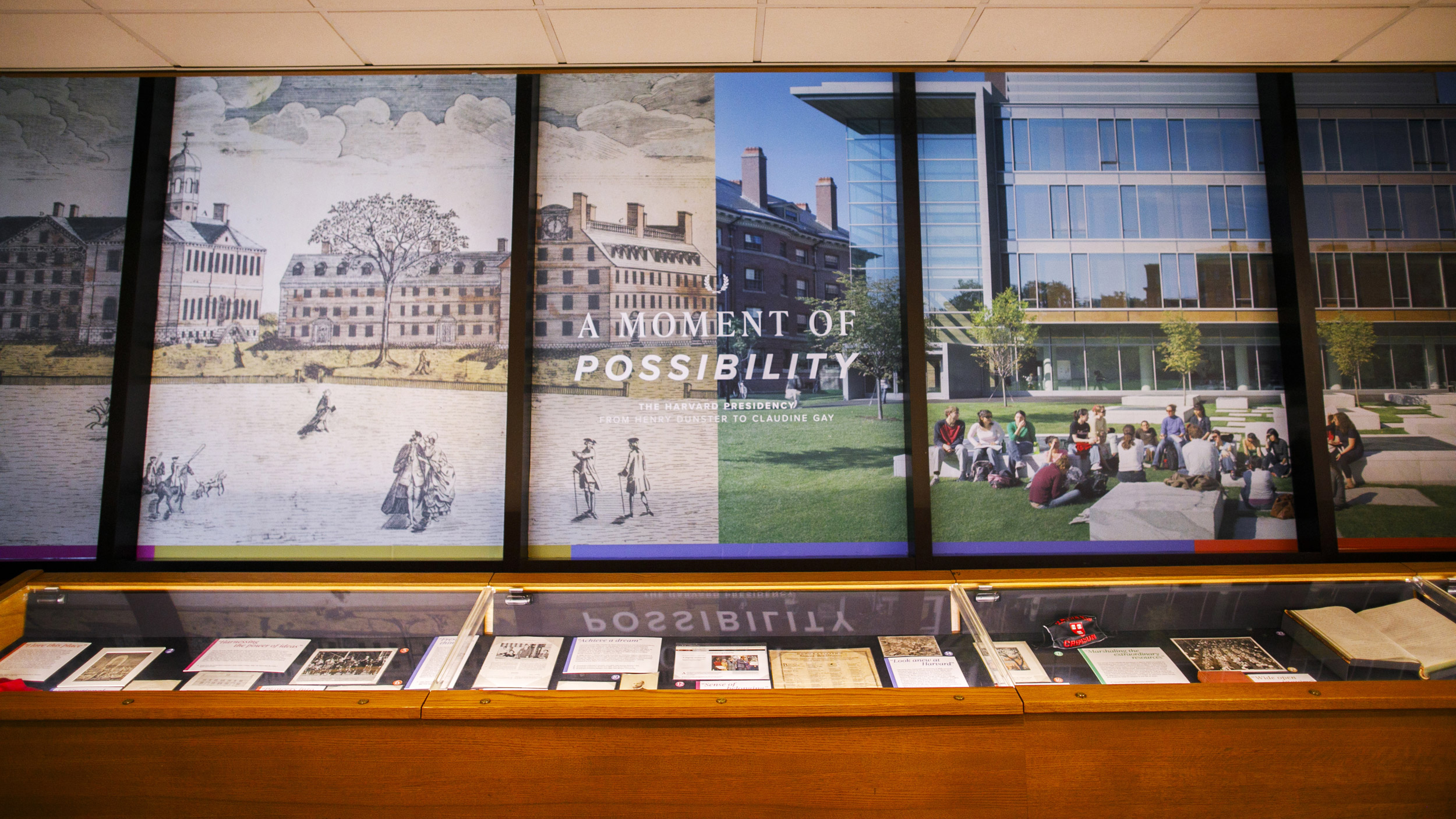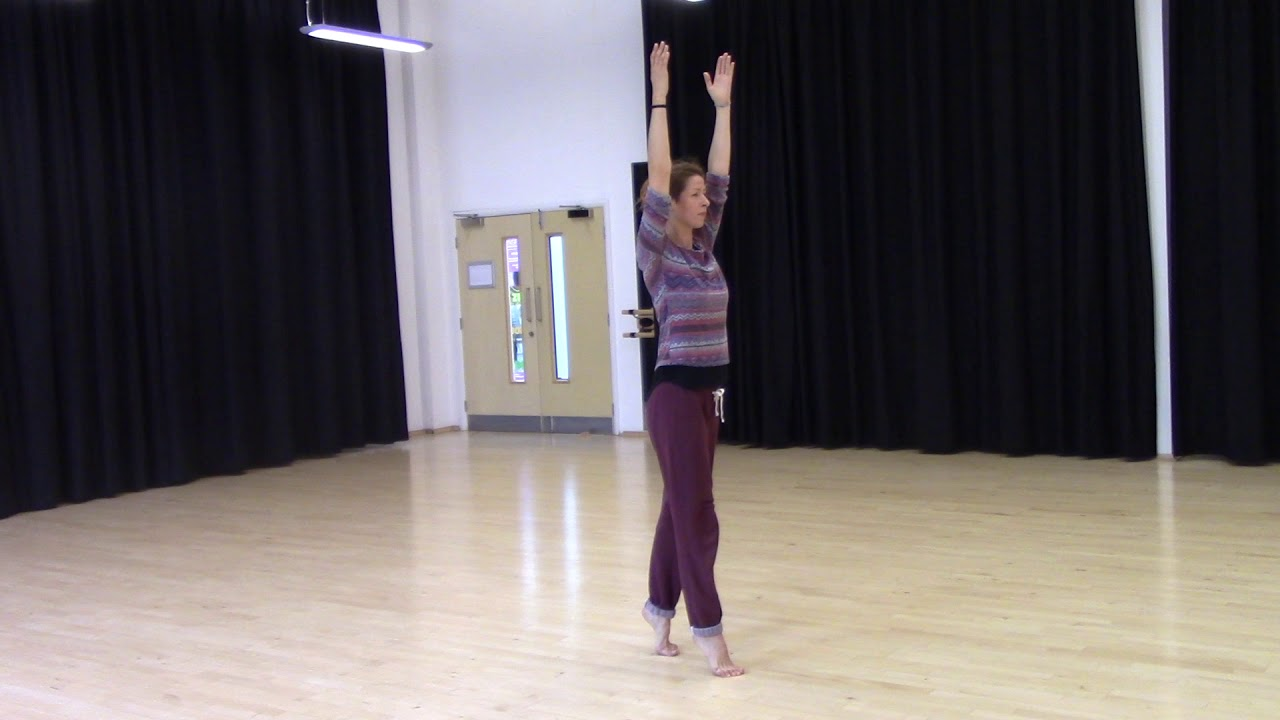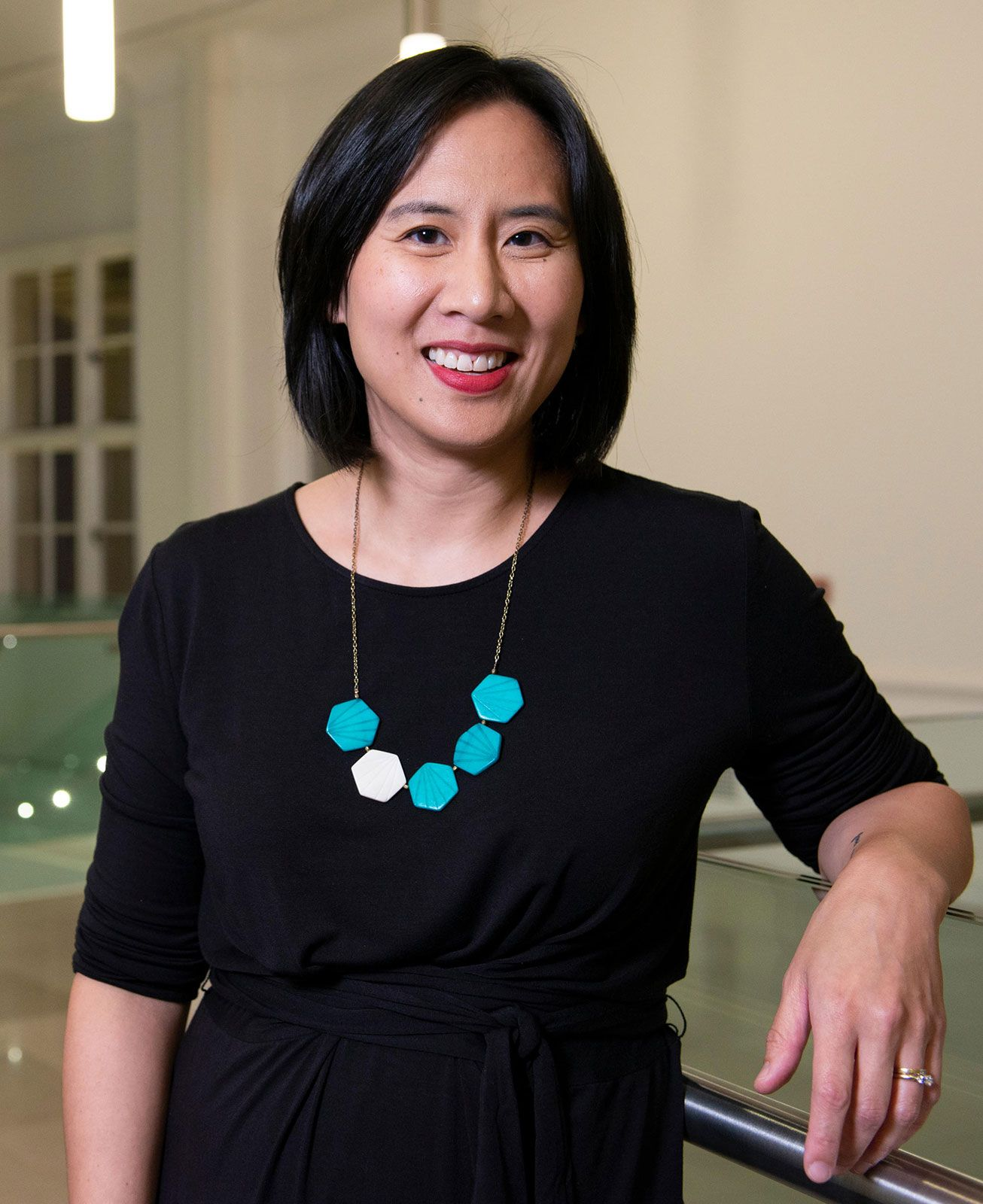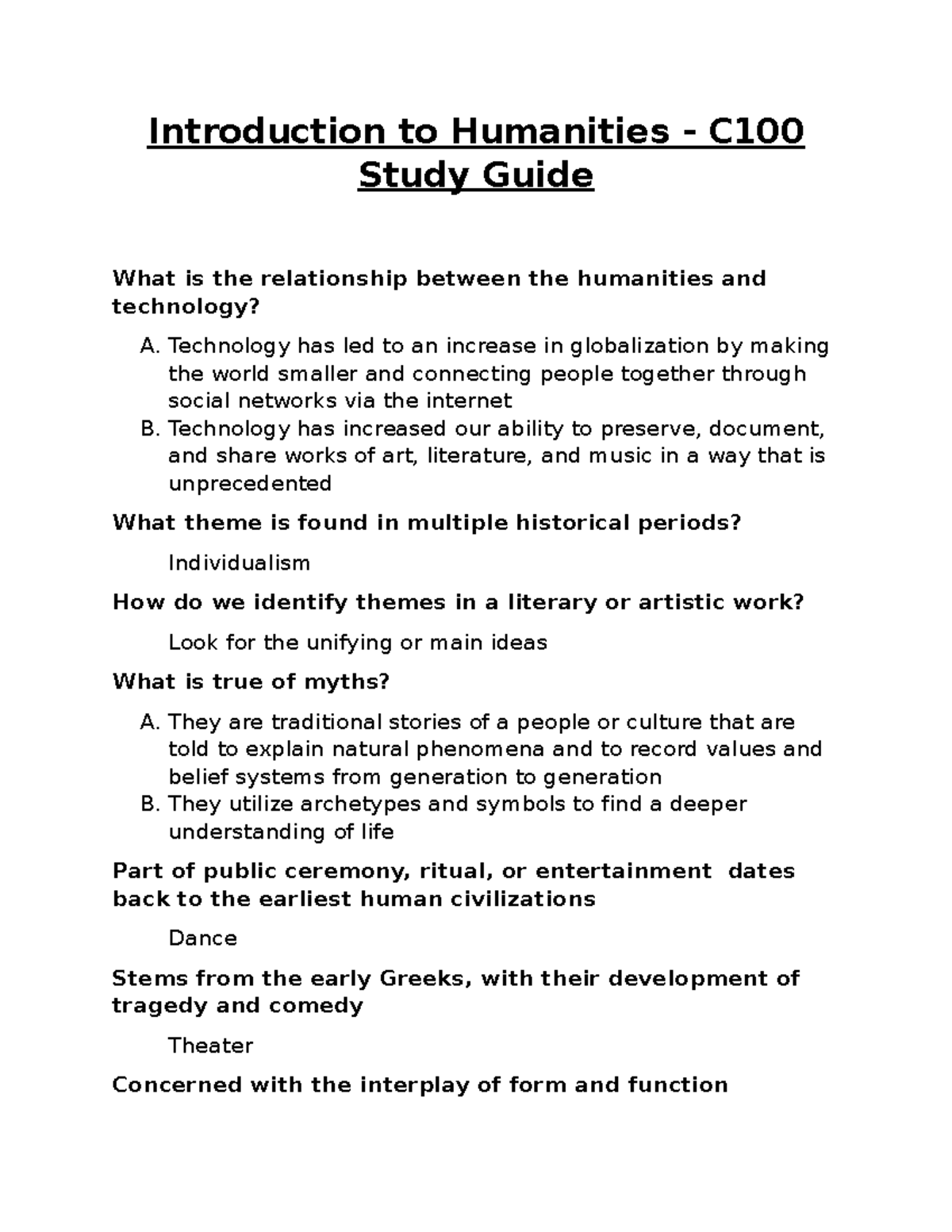Harvard archives exhibitions are a treasure trove of history and storytelling, offering a unique glimpse into the rich narrative of both the University and American society. Currently showcased in the “Archives Inside Out” exhibit, a remarkable array of artifacts includes a heartfelt letter from former President John F. Kennedy to his Harvard College classmates and a poignant correspondence from W.E.B. Du Bois discussing pressing race relations of his time. These exhibitions not only preserve significant historical events but also illuminate how such items transition into the fabric of Harvard’s archival collections. Additionally, the recent inclusion of material related to the COVID-19 Harvard response has captured the resilience and adaptability of the academic community during an unprecedented crisis. The Harvard University Archives and its exhibitions serve as a vital link to understanding both past and present, making this collection a must-see for history enthusiasts and scholars alike.
The collections within Harvard’s archival exhibitions provide an engaging portal into the past, revealing compelling stories through carefully curated items. These historical showcases feature letters, photographs, and documents that reflect significant moments in the evolution of Harvard University and the broader American narrative. Noteworthy elements, such as the correspondence of influential figures like John F. Kennedy and W.E.B. Du Bois, highlight the interplay between individual experiences and collective history. Additionally, exhibitions addressing modern events, such as the pandemic response, connect the dots from past challenges to current realities. By exploring themes of heritage and societal change, these exhibits deepen our understanding of history in a vibrant and accessible manner.
Exploring the Harvard University Archives: A Historical Journey
The Harvard University Archives serve as a significant repository of historical treasures, providing insights into pivotal moments in American history. One of the standout items in the collection is a handwritten letter from John F. Kennedy addressed to the Harvard College Class of 1940. This fascinating document not only showcases Kennedy’s personal reflections on his time at Harvard but also sheds light on the sentiments of a generation coming to terms with the world post-World War II. Archivists emphasize the importance of these artifacts as they encapsulate narratives that link the university’s history with broader societal changes.
In addition to Kennedy’s correspondence, the Archives house numerous other significant items, such as a poignant letter from W.E.B. Du Bois to his mentor, reflecting on the complex issues surrounding race relations in America during the early 1900s. This correspondence not only highlights Du Bois’s intellectual contributions but also serves as a reminder of the ongoing struggles for civil rights. Each piece within the Harvard University Archives tells a story, inviting visitors to explore the intertwined history of Harvard and the nation’s cultural evolution.
Highlighting Harvard Archives Exhibitions: Cultural Significance and Community Impact
The ‘Archives Inside Out’ exhibit at Harvard is a remarkable initiative aimed at demystifying archival work and making history more accessible and engaging for the public. Curated by a diverse group of archivists, the exhibit showcases favorite items that illustrate the breadth of Harvard’s institutional and community heritage. From items representing the early contributions of women in astronomy to digital captures of The Harvard Crimson documenting important events like the COVID-19 pandemic response, the exhibition highlights not only Harvard’s legacy but also the hallmark of its academic community’s adaptability over time.
Moreover, the exhibit emphasizes collaboration among archivists, encouraging them to share personal stories regarding their favorite finds. This unique approach not only celebrates individual perspectives but also fosters a sense of connection between the public and Harvard’s archival collections. Visitors leave with a deeper understanding of how archival materials can illuminate contemporary issues while reflecting on the rich tapestry that constitutes both Harvard University and American history at large.
The Role of Archivists in Preserving American History
Archivists play a crucial role in the preservation of history, curating collections that document the multifaceted narratives of America. Their work includes processing letters, photographs, and documents that span various eras, showcasing diverse voices from the past. For example, archivists uncover hidden gems like a letter from poet Seamus Heaney to Professor Helen Vendler, which not only celebrates personal interactions but also enhances the understanding of literary relationships within the Harvard community. This ongoing commitment to preserving personal narratives ensures that future generations have access to foundational historical perspectives.
Furthermore, the role of archivists extends to engaging with marginalized voices, as seen in the personal letter collection of Ragan Henry, an African American Harvard student. By prioritizing diverse experiences, archivists are actively shaping a more inclusive historical record. Their dedication to digitization and public accessibility allows a broader audience to engage with these important narratives, connecting people to the richness of the past in a way that resonate with today’s societal questions.
Significant Historical Artifacts from Harvard’s Collection
Among the treasures housed within the Harvard University Archives are significant historical artifacts that tell compelling stories. For instance, the perpetual calendar created by Harvard President Thomas Hill serves as an intricate example of scientific innovation linked to educational advancement in the 19th century. It embodies not just a functional tool but a representation of Harvard’s commitment to scientific inquiry. This artifact reflects the intellectual curiosity that has become a hallmark of the university, reminding us of the pivotal advances made by Harvard scholars over the years.
Alongside Hill’s inventions, the exhibition features captivating photographs, such as those depicting early women computers at the Harvard College Observatory. These images provide not only visual documentation of women’s contributions to science but also a lens through which to view the evolving roles of women in academia. Such artifacts underscore the importance of recognizing and celebrating diverse contributions to the university’s legacy and ultimately enrich the overarching narrative of American history.
Modern Challenges in Archival Work and Documentation
The advent of digital technology has transformed the landscape of archival work, bringing both opportunities and challenges. For example, the Harvard University Archives has adapted to contemporary needs by implementing robust web archiving programs to document pivotal moments like the response to the COVID-19 pandemic. Using digital tools to capture online content ensures that essential facets of university life are preserved for future research. This innovative approach demonstrates how archivists harness technology to adapt to modern recording methods while still honoring traditional practices.
However, the challenge remains in balancing the vast amounts of digital information with the need to curate significant historical narratives. The efforts to digitize personal letters, photographs, and modern communications reflect a commitment to inclusivity while preserving authentic records of everyday life. As archivists confront these modern challenges, they continue to navigate the complexities of documenting history, ensuring that future generations can connect with both historical milestones and personal stories that shape their understanding of the past.
The Intersection of Education and Archival Discovery
The work of archiving is deeply intertwined with education, as artifacts in the Harvard Archives serve as valuable educational resources for scholars and students alike. Items like the bound typescript of ‘We Also Have a Voice: The Story of Harvard Pacifists During the Second World War’ not only document historical protests against military service but also encourage critical discussions on ethics and personal beliefs. By making such documents available, archives empower students to engage with historical narratives that may differ from mainstream perspectives, promoting a more inclusive understanding of history.
Moreover, the collaborative efforts between archivists and educational departments foster a rich learning environment where primary sources are integrated into academic curricula. Activities like exhibit curation provide hands-on learning experiences, enhancing students’ research skills while immersing them in the historical and cultural context of their studies. It’s through these relationships that archives become active participants in the educational process, ensuring that history remains a living dialogue rather than a passive collection.
Documenting the Voices of Community and Resistance
The Harvard University Archives serve as a critical platform for documenting the voices of individuals and communities who have historically been underrepresented. A standout item is Ragan Henry’s letter to Joseph Levow Steinberg, which illustrates daily life challenges faced by an African American student in the 1950s. This personal correspondence not only highlights the weight of societal discrimination but also resonates with contemporary audiences, reflecting ongoing conversations about race and identity. By preserving such documents, the archives play an important role in educating the community about the past and its relevance to current issues.
Furthermore, the dedication of archivists to amplify voices within marginalized groups is evident in their efforts to ensure that personal letters and collections are digitized and made accessible. This initiative aligns with broader movements for equity, diversity, and inclusion within the academic landscape. By shining a light on these narratives, the archives contribute to a fuller understanding of Harvard’s history while also encouraging community members to engage with their heritage, forging connections across generations.
The Power of Personal Narratives in History
Personal narratives are powerful vehicles for understanding history, serving as touchstones for emotional engagement and empathy. The collections at Harvard include poignant letters and artifacts that reflect individual experiences during significant historical periods. The correspondence between Seamus Heaney and Helen Vendler, for instance, transforms academic relationships into relatable personal stories. Such dialogues not only enrich the tapestry of literary history but also humanize the figures involved, allowing future audiences to draw connections to their own lives.
As archivists curate these personal accounts, they illustrate how individual experiences contribute to the larger historical narrative. By focusing on personal stories, such as those from students and faculty, they create a multi-faceted view of the past that resonates with contemporary audiences. This approach invites a deeper exploration of identity and heritage, underscoring the vital role of personal narratives in shaping collective memories and understanding within society.
Connecting the Past to the Present: The Role of Digital Archival Access
The digitization of archival materials has revolutionized how individuals interact with history, allowing broader access to previously restricted collections. The Harvard University Archives remain at the forefront of this movement, integrating technology into their archival practices to reach a global audience. By making collections available online, including significant letters and artifacts, archivists ensure that researchers, students, and the public can engage with history from anywhere in the world. This practice not only democratizes access to knowledge but also inspires new generations to explore Harvard’s rich history.
Moreover, digital access facilitates innovative methods for storytelling and research, transforming how historical narratives are interpreted. Through interactive displays and online exhibitions, audiences can engage with materials in a dynamic context, enhancing their understanding of the historical moment each artifact represents. The commitment of Harvard archivists to embrace technology reflects a sophisticated understanding of how to connect the past with the present, ensuring that history remains relevant in an ever-changing world.
Frequently Asked Questions
What can I expect to see in the Harvard Archives exhibitions?
In the Harvard Archives exhibitions, visitors can explore a variety of historical artifacts and documents, including unique items such as a letter from John F. Kennedy to his Harvard classmates and correspondence from W.E.B. Du Bois. These exhibitions aim to showcase the rich history of Harvard University through its archival collections.
Where is the ‘Inside Out’ exhibit located at Harvard?
The ‘Inside Out’ exhibit is located in the Lammot du Pont Copeland Gallery at Pusey Library, Harvard University. It features selected items from the Harvard University Archives that tell compelling stories of both the university and broader American history.
What is the significance of the historical exhibits at Harvard University Archives?
The historical exhibits at Harvard University Archives play a crucial role in documenting the university’s rich legacy. They provide insights into significant figures in history, such as W.E.B. Du Bois, and momentous events, including Harvard’s response to the COVID-19 pandemic, making them essential for understanding both institutional and national narratives.
How does the Harvard Archives showcase items like the letter from W.E.B. Du Bois?
The Harvard Archives showcases items like W.E.B. Du Bois’s letter by curating exhibitions that highlight unique and historically significant documents. The ‘Archives Inside Out’ exhibit, for example, includes letters and correspondence that reflect on critical issues like race relations in America, bringing these historical voices to the forefront.
When can I visit the Harvard Archives exhibitions?
The ‘Archives Inside Out’ exhibit is open to the public through the end of April. It is advisable to check the Harvard University Archives website for specific visiting hours and any updates on future exhibitions.
What recent items are included in the Harvard University Archives exhibitions?
Recent items featured in the Harvard University Archives exhibitions include a screen capture of The Harvard Crimson from March 2020 documenting the COVID-19 pandemic and letters from notable figures like Seamus Heaney. These items embrace contemporary history while connecting to Harvard’s past.
What was the goal of the ‘Archives Inside Out’ exhibit at Harvard?
The goal of the ‘Archives Inside Out’ exhibit was to demystify the archival process and make Harvard’s collections more accessible to the public. Curators aimed to highlight the unique expertise of the archivists while celebrating the university and its community’s history.
How are exhibitions at Harvard University Archives curated?
Exhibitions at Harvard University Archives are curated through collaborative efforts among staff members who select their favorite items based on historical significance and storytelling potential. This inclusive process ensures that a wide range of archival treasures are highlighted for public viewing.
What is the role of the archivists in exhibiting Harvard’s historical documents?
Archivists at Harvard play a vital role in exhibiting historical documents by researching, selecting, and interpreting items that represent significant moments in the university’s history. Their work ensures that the stories behind these artifacts are communicated effectively to the public.
What themes are explored in the Harvard Archives exhibitions?
Themes explored in the Harvard Archives exhibitions include race relations, responses to global events like the COVID-19 pandemic, and the multifaceted history of Harvard. These themes help to connect the university’s archival materials to broader historical narratives.
| Item | Description | Archivist |
|---|---|---|
| Handwritten note from John F. Kennedy | A draft letter from JFK to his classmates offering an insider’s view. | Pam Hopkins, Head of University Archives Reference Services |
| Photograph of women computers at Harvard College Observatory | An image showing women cataloging stars, highlighting invisible labor. | Alison Macdonald, Records Manager/Archivist for Operations |
| Letter from W.E.B. Du Bois to Albert Bushnell Hart | Letter discussing race relations, showing diverse historical interactions. | Erin Clauss, Lead Processing Archivist |
| Perpetual calendar by Thomas Hill | A scientific tool designed to calculate New Year’s Days across centuries. | Dominic P. Grandinetti, Processing Archivist |
| Screen capture of The Harvard Crimson on COVID-19 pandemic | A digital snapshot documenting Harvard’s response to the pandemic. | Sean Crawford, Collection Development and Records Management Coordinator |
| Sketches from the Harvard Lampoon, 1882 | First donation accepted by the curator, illustrating student publication history. | Alexandra Dunn, Collection Development Archivist |
| Letter from Seamus Heaney to Helen Vendler, 2006 | A personal letter revealing insights from a notable poet to a professor. | Heidi Horner, Collection Development & Records Management Assistant |
| Letter from Ragan Henry to Joseph Levow Steinberg, 1953 | A personal letter addressing racial discrimination and friendship in the 1950s. | Jehan Sinclair, Processing and Digitization Archivist |
| Bound typescript on Harvard pacifists during WWII | Documenting student opposition to military service, preserving their voices. | Ed Copenhagen, Reference Archivist |
Summary
Harvard archives exhibitions showcase an array of historical artifacts that reveal not just the narrative of Harvard University but also the broader tapestry of American history. The exhibit, titled “Archives Inside Out,” features remarkable items such as letters from John F. Kennedy and W.E.B. Du Bois, along with artifacts that emphasize the diverse roles individuals have played in shaping our social landscape. By making these unique pieces accessible to the public, the exhibition aims to demystify archival work and celebrate the rich institutional and community history of Harvard. Visitors can explore how these objects serve not only as records of the past but also as vessels of memory and identity in America.



